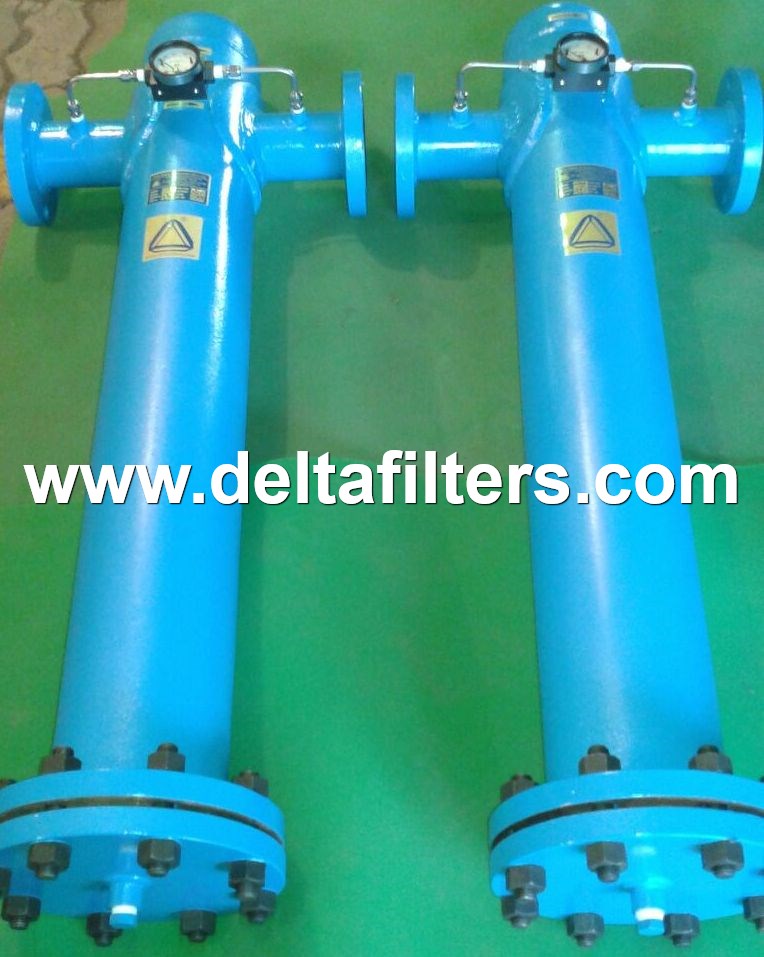10 Best Practices for Installing Compressed Air Filters at Your Industrial Facility
Compressed air systems are integral to many industrial operations, providing the power needed for various tools and processes. However, the quality of compressed air can significantly impact the efficiency and longevity of your equipment. Installing compressed air filters is essential to remove contaminants and ensure clean, dry air.
Here are some best practices for installing compressed air filters at your industrial facility.
Understanding the Importance of Compressed Air Filters
Compressed air filters are designed to remove impurities such as dust, dirt, oil, and moisture from the air. These contaminants can originate from the ambient air, the compressor itself, or the piping system. By filtering out these impurities, compressed air filters help protect equipment, improve product quality, and enhance overall system performance.
Steps for Installing Compressed Air Filters
- Assess Your Air Quality Needs: Before installing compressed air filters, it’s crucial to assess your air quality needs. Determine the types of contaminants present in your compressed air system and the level of filtration required. This assessment will help you select the appropriate filters for your specific application.
- Choose the Right Filter Types: There are several types of compressed air filters, each designed to remove different types of contaminants:
- Particulate Filters: Remove solid particles such as dust and dirt.
- Coalescing Filters: Remove oil and water aerosols by coalescing small droplets into larger ones.
- Activated Carbon Filters: Remove oil vapors, odors, and other gaseous contaminants.
Select the filters that best meet your air quality requirements.
- Plan the Installation Location: The location of your compressed air filters is critical for optimal performance. Install filters as close to the point of use as possible to ensure the cleanest air reaches your equipment. Additionally, consider installing filters upstream of sensitive equipment to provide an extra layer of protection.
- Ensure Proper Sizing: Proper sizing of compressed air filters is essential for efficient operation. Filters that are too small may become clogged quickly, reducing airflow and increasing pressure drop. Conversely, oversized filters can be unnecessarily expensive and may not provide the desired level of filtration. Consult the manufacturer’s specifications to select the appropriately sized filters for your system.
- Install Pre-Filters: Installing pre-filters can help extend the life of your primary filters by removing larger particles before they reach the main filter. Pre-filters are particularly useful in environments with high levels of dust or other large contaminants.
- Follow Manufacturer’s Instructions: Always follow the manufacturer’s instructions for installing compressed air filters. This includes adhering to recommended installation procedures, torque specifications for fittings, and any specific requirements for filter orientation. Proper installation ensures that the filters function correctly and efficiently.
- Use Quality Fittings and Piping: Ensure that all fittings and piping used in the installation are of high quality and compatible with your compressed air system. Poor-quality fittings can lead to leaks and reduced system efficiency. Additionally, use appropriate sealing materials to prevent air leaks at connection points.
- Monitor Pressure Drop: Monitoring the pressure drop across your compressed air filters is crucial for maintaining system efficiency. A significant increase in pressure drop indicates that the filter is becoming clogged and needs to be replaced. Regularly check pressure gauges and replace filters as needed to ensure optimal airflow and performance.
- Implement a Maintenance Schedule: Establish a regular maintenance schedule for inspecting and replacing compressed air filters. The frequency of maintenance will depend on the operating conditions and the type of contaminants present in your system. Regular maintenance helps prevent unexpected failures and ensures consistent air quality.
- Train Personnel: Ensure that all personnel involved in the operation and maintenance of compressed air filters are adequately trained. Training should cover the importance of air filtration, proper installation procedures, and maintenance practices. Well-trained personnel can help identify potential issues early and ensure that the filters are functioning correctly.
Benefits of Proper Installation and Maintenance
- Improved Equipment Longevity: Proper installation and maintenance of compressed air filters help protect your equipment from damage caused by contaminants. This leads to longer equipment life and reduced maintenance costs.
- Enhanced Product Quality: Clean, contaminant-free compressed air is essential for maintaining high product quality, especially in industries such as food and beverage, pharmaceuticals, and electronics. Properly installed and maintained filters ensure that the air used in your processes is clean, resulting in higher-quality products.
- Increased Operational Efficiency: Efficient compressed air filtration helps maintain optimal system performance, reducing energy consumption and improving productivity. By preventing clogs and ensuring consistent airflow, properly maintained filters contribute to smoother operations and fewer interruptions.
- Compliance with Standards: Many industries are subject to strict regulations regarding air quality. Proper installation and maintenance of compressed air filters help ensure compliance with these standards, reducing the risk of fines and penalties.

Conclusion:
Installing compressed air filters is a critical step in ensuring the efficiency and longevity of your industrial compressed air system. By following best practices such as assessing air quality needs, choosing the right filter types, ensuring proper sizing, and implementing a regular maintenance schedule, you can optimize the performance of your compressed air system. Proper installation and maintenance of compressed air filters not only protect your equipment but also enhance product quality, increase operational efficiency, and ensure compliance with regulatory standards. Prioritizing these best practices will help you achieve clean, reliable compressed air and drive your industrial operations forward.
Any Queries: support@deltafilters.com
Copyright © 2021 All Rights Reserved.
